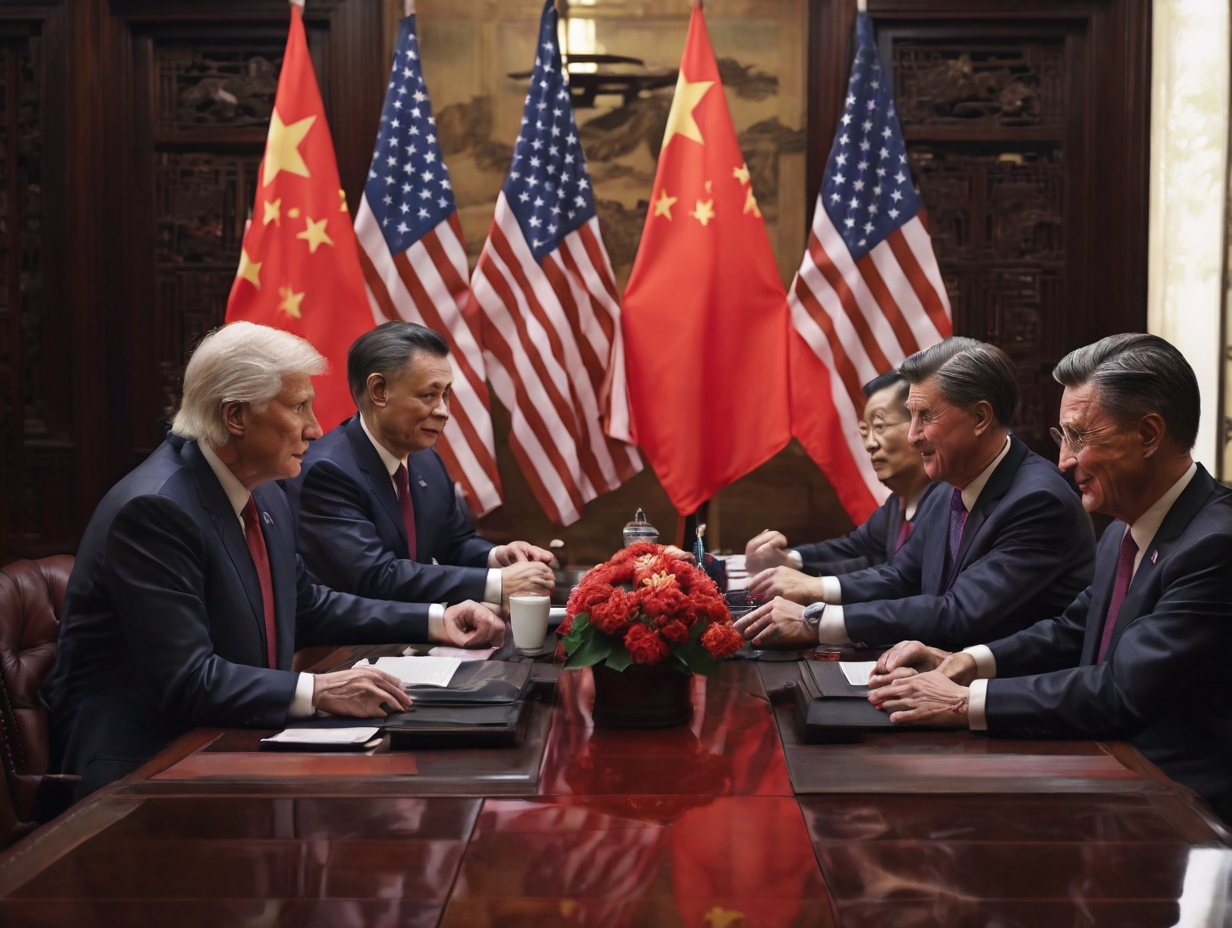Nvidia, the renowned AI chip manufacturer, has announced a delay in the launch of its latest artificial intelligence chip, the H20, specifically designed for the Chinese market. This postponement is a direct response to the stringent U.S. export regulations and is set to extend until the first quarter of next year. Two informed sources, who chose to remain anonymous due to the sensitivity of the information, have confirmed this development.
Originally slated for a November 16th release, as reported by SemiAnalysis, the H20 chip’s launch is now tentatively scheduled for February or March of next year. Nvidia has declined to comment on this delay, maintaining confidentiality on this strategic move.
The H20 chip: A critical piece in Nvidia’s strategy
The H20 chip represents the pinnacle of Nvidia’s efforts to align with the new U.S. export restrictions while maintaining a competitive edge in the Chinese market. As the most powerful in a trio of China-focused chips, including the L20 and L2, the H20 is crucial for Nvidia’s strategy to retain its market share in China. This delay, therefore, could pose significant challenges for the company, especially against local competitors like Huawei.
Nvidia’s decision to postpone the H20 launch reportedly stems from difficulties server manufacturers are experiencing in integrating the chip, rather than direct regulatory issues. However, the L20 chip is on track for its planned release, with no current information available on the L2 chip’s status.
Competitive landscape in the AI market
This strategic shift by Nvidia comes at a time when the AI chip market is increasingly competitive, particularly in China. The U.S. export restrictions have opened doors for rivals such as Huawei to capture market segments that Nvidia has traditionally dominated with its graphics processing units (GPUs).
Chinese internet giant Baidu, for example, placed a significant order for Huawei AI chips earlier this year, a move that was reportedly planned in anticipation of the U.S. restrictions. This illustrates a growing trend among Chinese firms to seek alternatives to Nvidia’s offerings, potentially reshaping the landscape of the AI chip market in China.
Nvidia’s adaptation to US export rules
The introduction of the H20, L20, and L2 chips is part of Nvidia’s broader strategy to adapt to the changing regulatory environment. These chips are designed to offer most of Nvidia’s latest AI features while complying with the new U.S. rules by reducing some computing power measures. This approach aims to balance compliance with performance, ensuring that Nvidia remains a key player in the AI market, despite regulatory challenges.
Implications for the global AI chip industry
Nvidia’s decision to delay the H20 chip’s launch has broader implications for the global AI chip industry. It underscores the delicate balance that tech companies must strike in navigating international regulations while striving to maintain market leadership. The U.S. export curbs, in particular, have catalyzed a shift in the global supply chain dynamics, prompting companies like Nvidia to reevaluate their strategies and product timelines.
Looking ahead: Nvidia’s next moves
As Nvidia navigates these complex regulatory waters, the industry is keenly watching its next moves. The successful integration of the H20 chip into the market, alongside the timely release of the L20 and the uncertain status of the L2, will be critical in determining Nvidia’s future in the Chinese AI market.
Nvidia’s postponement of the H20 chip launch is a strategic decision influenced by global regulatory changes and market competition. This move reflects the broader challenges faced by tech giants in adapting to international trade policies and highlights the dynamic nature of the global AI chip market. As Nvidia prepares for its next steps, the industry awaits to see how these developments will shape the future of AI technology and international trade in the tech sector.





